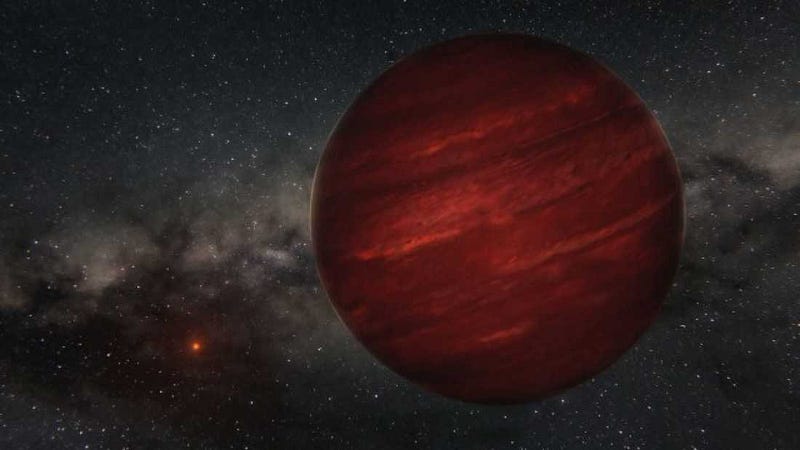
The exoplanet revolves around a star named EPIC211945201 or K2–236, with rotation period of just 19.5 days. It is very close to the host star with surface temprature of around 600 celsius. It is 27 times massive than earth and has 6 times larger radius. It is a gas giant like Saturn and Neptune.[image courtesy : Lucas Granito http://www.iflscience.com/space/unexpected-giant-exoplanet-discovered/ ]
A team of Indian scientist from PRL have today announced the discovery of an exo-planet around a star 600 light years away. This is the first discovery of exo-planet orbiting other stars by Indian Scientists.
The key to this discovery was the device PARAS (PRL Advanced Radial Velocity Abu Sky search) spectrograph attached to the 1.2 m telescope of PRL,at Gurushikhar Mount Abu in Rajasthan. It is also a matter of pride that this spectrograph was designed and developed entirely by the members of the Astronomy and Astrophysics division at PRL.
so let us dive a bit deeper and understand how team PRL with PARAS discovered this exoplanet.
Spectrography
We all have learned that light is made up 7 colors since childhood, more precisely it is a combination of various frequencies of light, each corresponding to different shades of color for human eye, in visible region. A spectrograph is a device that helps us view each frequency of a light source separately and help us study the composition of incoming light.
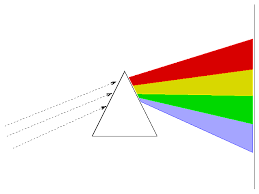
This study is important for stars as different sources of light have different spectra, for ex. the sodium vapor lamp which were earlier used as street lights, had only yellow color, your ordinary tube light has different spectra than a CFL and LED. All star light is different for all stars are not exactly the same they have different composition and mixtures of gases in them. Spectrography is used to determine these unknown gases in stars.
Unlike a Prism PARAS exploits another phenomenon of light to study its composition namely Diffraction.
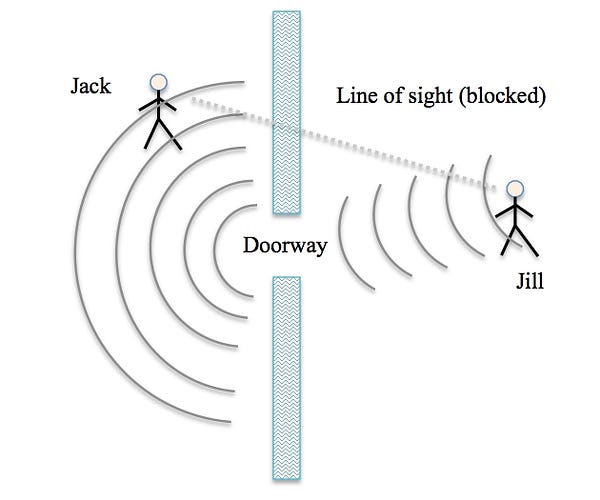
Diffraction is the phenomenon bending of light around an sharp object or slits, it is the reason why we can hear sound in a room from a source outside even when we cannot see it. This is due to bending of sound waves, similar phenomenon is also seen in light but at a much smaller scale.
When light gets diffracted all the components of the light bend at a slightly different angle than the other, this enables us to observe all the components of the light as a continues spectrum like a rainbow. We can see if all colors and all shades of a particular color ( frequencies) are present.
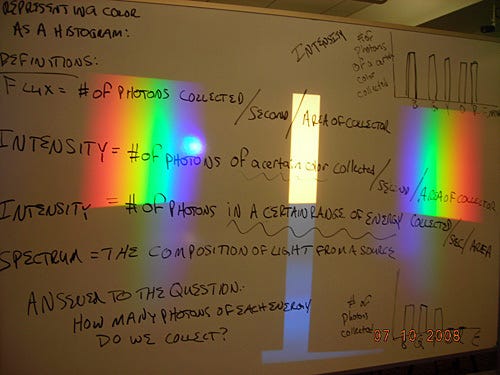
The spectrum of light is obtained through diffraction using a diffraction grating. It is an optical instrument that has fine slits engraved in it which bends the light passing through it and makes a fine diffraction pattern.
PARAS has a special kind of Grating known as an Echelle grating. after the light is passed through a regular grating it is again passed through a special grating. This grating has lower no of grooves and light is incident on it at a much higher angle. This enables us to resolve the spectrum of light even further. Hence PARAS can be referred to as an Echelle spectograph.
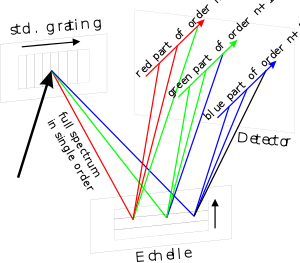
Doppler effect
Have ever heard the sound of an ambulance? As it approaches you the sound gets shrill and once it gets away from you the sound appears to be losing its shrillness. This also happens when you hear a train approaching a station.
What actually happens is that the sound waves that hit your ears have a particular frequency, when the source is moving towards you this frequency appears to be more than the actual frequency as a result of the motion of the source and if the source is moving away from you the frequency appears to be less than the actual.
Similar kind of experience is observed with the light waves as well just like sound waves. In case the star is moving towards you its spectra appears to have been shifted to higher frequency than the actual known as a blue shift and if the star is moving away from you the spectra shifts to the red side known as the red shifts. By observing these shifts in the spectra we can judge whether the star is moving away from us or near us. This the fundamental phenomenon used in PARAS to discover planets revolving around the star.
The wobble of star
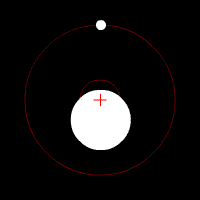
A planet around the star also attracts the star towards itself due to its Gravitational pull. The Star is quiet massive compared to the planet hence instead of rotating it simply wobbles around a point due to the force exerted by the planet.
For an observer on Earth such a star appears to be moving away from us at certain point of time and coming towards us at another. Consequently this apparent motion of the star causes the spectra of the starlight to shift accordingly. PARAS measures this difference in spectra and how it is oscillating to detect planets revolving around the star. The time period between one change from red shift to blue shift can give us the information about the oscillation period of the planet. With this method we can estimate the change radial velocity of the star.
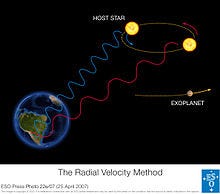
It can also be used to estimate how far the planet is from the Star. Faster wobbles implies the star is nearer to the planet while slower ones suggest it is further away. The extent or magnitude of the wobbles can give us an idea as to how massive the exo-planet is compared to the star it revolves.
What is amazing is all this information is encoded naturally into the starlight which falls into our eyes. It is only with conviction and thought we have been able to derive meaning out of it. The success of such method also lies in our acknowledgment that the laws of the nature are same terrestrially and in heavenly bodies.
PARAS

PARAS is a very sensitive spectrograph that has been attached to the telescope. For precise measurements it should not be exposed to the vagaries of nature. Hence it is maintained at a constant temperature of 25 Celsius and kept in 0.1 Bar vacuum. It can resolve wavelengths of 400–680 nm. It has been specially designed to look for exoplanets around smaller and Dwarf stars that are smaller is size but have high abundance in nature. These type of stars are classified as G K or M class. Our own sun also falls in the category of G type stars.
PARAS is so precise that it can detect change in radial velocity of star of 1–2 m/s for a star that are upto 100 parsec away.(1 parsec = 3.26 light year).
Yet along with all this sophisticated instruments and modern day technology Indian Astronomers had to observe this star for 1.5 years before they were sure enough and claim discovery. Science one must understand; is an equally good game of perseverance that makes important breakthrough possible. The efforts that have gone behind this discovery are commendable.
Comments
Post a Comment